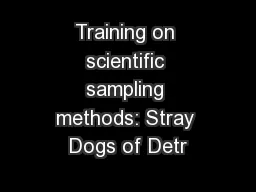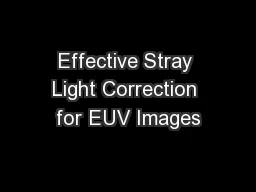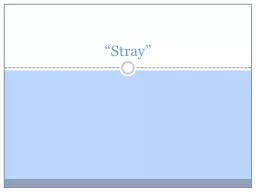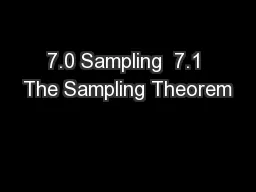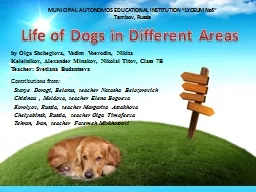PPT-Training on scientific sampling methods: Stray Dogs of Detr
Author : ellena-manuel | Published Date : 2015-11-09
Sampling Tutorial STRAY DOG SAMPLNG PROCEDURE Each team will be assigned a specific region with the city of Detroit A map of the assigned region will be provided
Presentation Embed Code
Download Presentation
Download Presentation The PPT/PDF document "Training on scientific sampling methods:..." is the property of its rightful owner. Permission is granted to download and print the materials on this website for personal, non-commercial use only, and to display it on your personal computer provided you do not modify the materials and that you retain all copyright notices contained in the materials. By downloading content from our website, you accept the terms of this agreement.
Training on scientific sampling methods: Stray Dogs of Detr: Transcript
Download Rules Of Document
"Training on scientific sampling methods: Stray Dogs of Detr"The content belongs to its owner. You may download and print it for personal use, without modification, and keep all copyright notices. By downloading, you agree to these terms.
Related Documents

